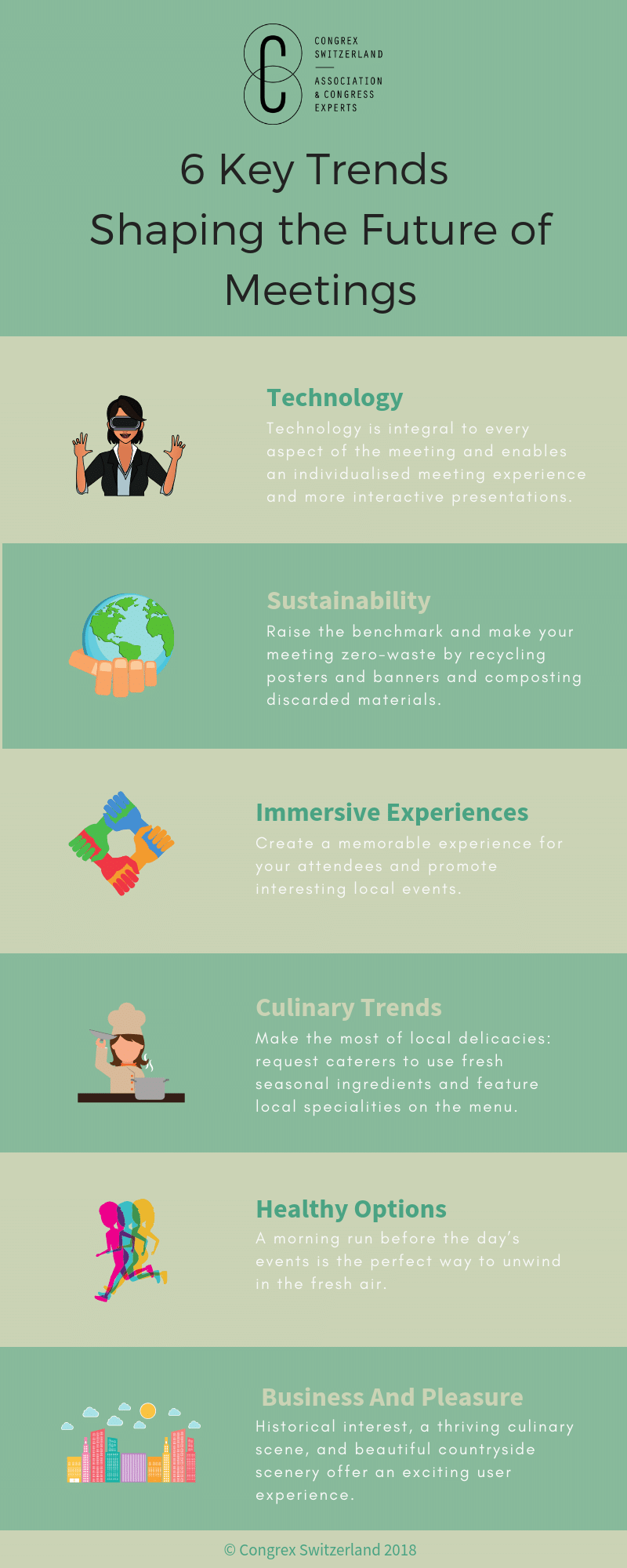Why is it important to define leadership for modern associations? In today’s society, associations play an essential role as they possess the combined power needed to tackle issues that matter to the communities they are involved with. Organisations pay much attention to programmes and operations, but the importance of human capital cannot be minimized. This is particularly true when it comes to leadership, which will largely determine the organisation’s direction, internal cohesion, and ultimately propel it forward through time and the changes that go with it. In this article, we will examine the key characteristics that define leadership in associations, non-profit and professional organisations, as well as suggestions on how to create the right environment for ongoing professional development, and best practices for effective multi-generational leadership.
Leadership In The Association World
The first thing we need to ascertain to define the characteristics of effective leadership is whether leadership in associations differs from corporate leadership. An interview-based study carried out in the United States revealed that while there are some differences in how leadership is perceived and implemented in associations vs corporate organisations, the similarities are much more striking than the differences. In both sectors, there has been a shift from managerial to visionary and eventually strategic leadership styles. The traits of effective leaders are similar across the board, since they include characteristics like the ability to listen, motivate, inspire and lead by example, along with a firm belief in the values, image, and mission of the organisation in question.
Related: Membership Frameworks For Today’s Associations
In both corporate and non-corporate organisations, job satisfaction and a stimulating work environment are often cited as proof of good leadership, which means that leaders must pay careful attention to the systems and hierarchical structure of their association. In modern organisations, decision-making processes are evenly distributed, and leadership structures are somewhat fluid in the sense that age or seniority is not necessarily the determining factors when it comes to stepping up to leadership roles. Twenty-first-century association directors should envision distributed leadership models like co-directorship, as these models help build trust (which is often credited as one of the most critical aspects of effective leadership), help reshape organisational hierarchy from ladder to lattice, strengthen shared commitment, and provide ongoing opportunities for leadership skills development.
Lastly, the willingness to adapt is an essential trait in leaders, since demographic and social shifts are bound to reshape organisational hierarchy, as we discuss in the following section.
Multi-Generational Leadership
As the Baby Boomers generation begins to reach retirement age, questions arise about whether the next generations are equipped with solid leadership skills. Most organisations today will have a mix of association executives and staff from different generations: Baby Boomers, Gen Y, or Millennials, all of whom bring different world-views and perspectives to the organisation.
Multi-generational leadership requires a focus on similarities between age groups, which often include the need for collaboration, opportunities for development, a clear understanding of their responsibilities and roles, and receiving timely feedback and encouragement. Studies have found that convergence across age groups is also evident in values like sustainability, accountability, and an achievement mindset.
Related: Challenges and Opportunities for 21st Century Associations
Capitalising on those values can help prepare young leaders for their crucial roles in the association world. Millennials working for international associations value leadership development highly along a clear career path where adequate support and training are available throughout. Within this generation, loyalty to a single workplace/organisation is not a given, so it is vital to provide challenging opportunities and fast-track career progression that do not only allow staff to perform a role, but also to grow into it. On this note, skills development should be viewed as a two-way relationship that helps senior and junior employees to learn from each other. After all, collaborative learning and co-creation are the pillars of modern leadership and underpin all forms of professional development. One way of fostering collaborative learning is the creation of reverse mentoring schemes, where employees are strategically matched, so they help each other acquire skills and mutually reinforce their talent and skill sets.
Best Practices
By way of summary, here are some best practices that executive directors and other association executives need to take on board to help young leaders polish their leadership skills.
- Focus on the quality of relationships: people need to feel valued and given opportunities to cultivate positive social exchanges.
- Nurture a firm belief in the organisation’s mission and values: these should not be perceived as an abstract concept, but as something almost tangible that has a real impact in the real world.
- Motivation is not only intrinsic: there are external factors that contribute to it, such as wages, benefits, and incentive packages.
- Professional advancement paths must be clear, and there should be opportunities for growth at every stage. Be clear about what is needed to take on leadership responsibilities, and provide the tools to achieve them. These can include a combination of internal and external training programmes, different types of mentoring, peer support groups, etc.
- Provide opportunities for self-assessment and reflection.
- Prioritise personalised learning that is tailored to individual needs over group sessions.
- Keep clear communication channels and ask the right questions: leaders need to know first hand what younger generations consider an excellent place to work, what systems they favour, which structures and tools allow them to produce their best results, and how they measure success.
- Transparency and consistency should also apply to decision-making and organisational structure.
- Make the most of established leadership development opportunities and programmes, which may include everything from formal training to forums, conferences, and summits.
Conclusion
From directors to volunteers, everyone who is part of an association has a role to play in the creation of sustainable leadership practices that can have a powerful impact and make a meaningful contribution to long-term organisational success. A proactive approach to leadership can also help organisations establish themselves as international associations that successfully address global and local concerns thanks to the collective strength of their staff. What’s more, future-focused leadership practices can accommodate multiple generations and drive organisations forward into a promising future.
The original article Leadership in the Associations World has first been published in HQ The Association Magazine, FEB 2018, Nr. 82 provided by Congrex Switzerland on behalf of IAPCO. Author Frank M. Waechter.








